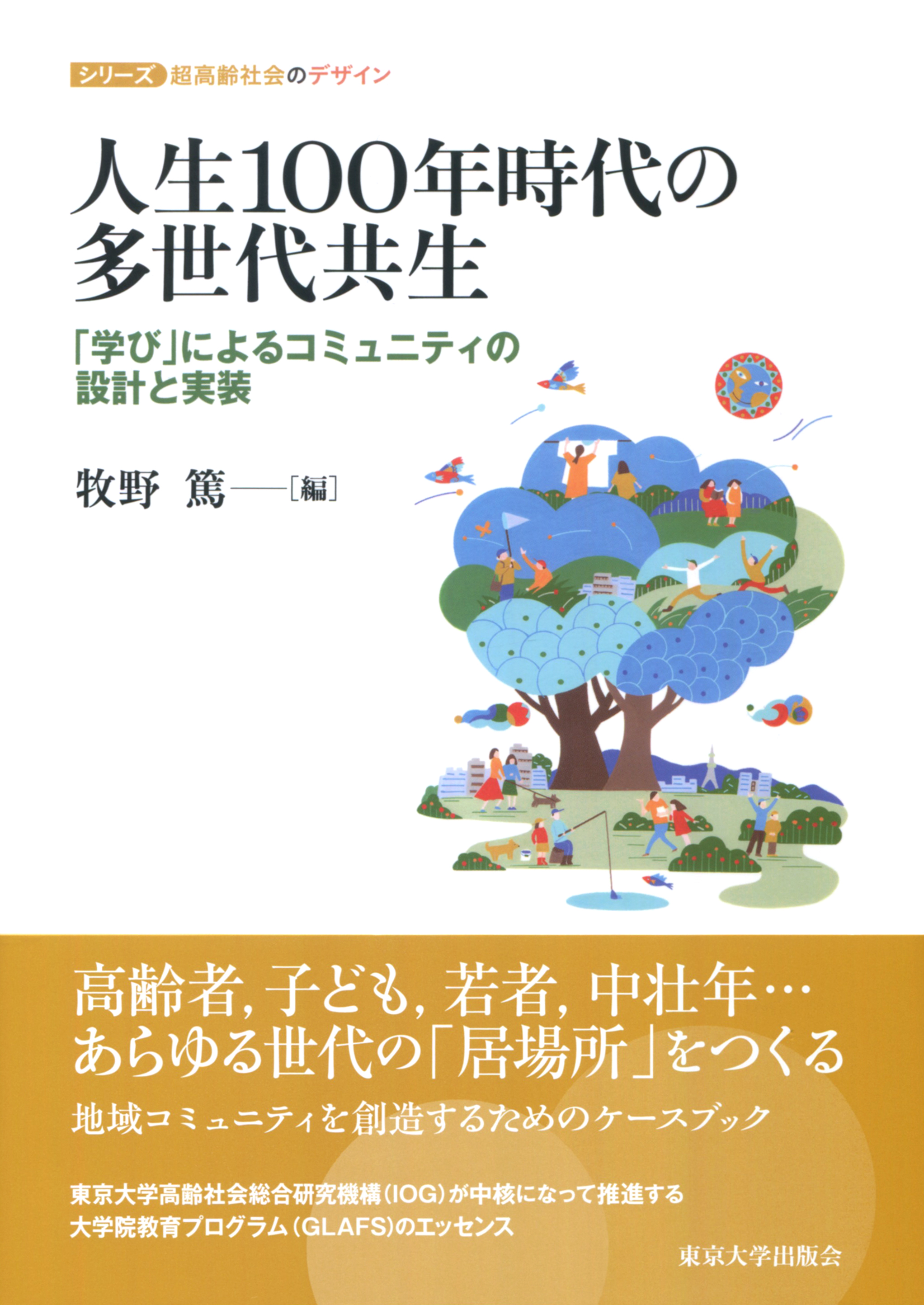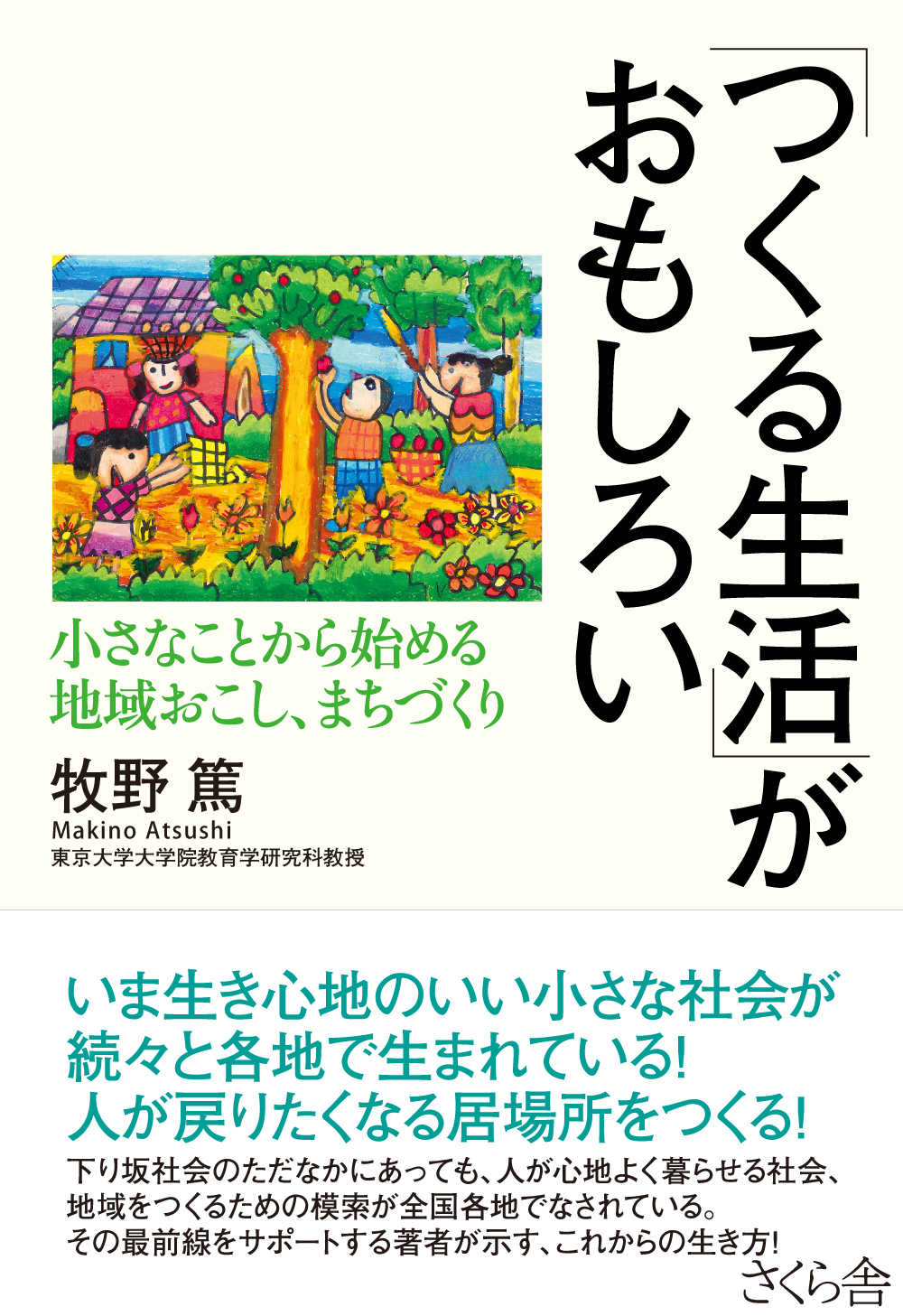
Title
Kōminkan o dō Jissenshite Yuku no ka? (How to put the community center into practice? - Creating many little societies 2)
Size
288 pages, 127x188mm
Language
Japanese
Released
July 19, 2019
ISBN
978-4-13-051348-7
Published by
University of Tokyo Press
Book Info
See Book Availability at Library
Japanese Page
As society becomes more specialized, and as this specialization becomes institutionalized and practicalized, the people who are overlooked by institutions and practices become invisible, which weakens society. The context of this book is this awareness of the state of society.
For instance, the issue of child poverty has been discussed, and children's cafeterias have been established across the country. According to one estimate, there are nearly 5,000 of them nationwide. However, the more these cafeterias are established, the less attention and care local residents give to the children. Consequently, the families, including the children, become isolated, thus leading to the need for governmental assistance. This, however, also engenders the severing of neighborhood relationships. The more we try to help, the worse the situation becomes. This is the structure that we are facing.
In the past, the socially vulnerable received multiple layers of care and attention from local residents, and residents who felt responsible for the well-being of others were involved in maintaining their connection to the network. Once these relationships were severed, however, children and vulnerable people fell into the cracks between systems and specialties and became invisible from the surface of society. The foundation of society is beginning to collapse.
It seems to me that society needs "small societies" with relationship networks to catch those who fall into the cracks.
In a “small society,” social education will adopt a more comprehensive and integrated approach to “learning” that builds connections among people. Then, “learning” will be seen as a process in which people, as local residents, recognize themselves as intrinsically connected to others, and as community members. They build themselves with others and continue to change, based on the enjoyment of building one's own life with others and achieving one's purpose and ideas.
When social education is viewed as such, community centers (Kominkans) foster “learning,” which is the process of creating relationships of mutual recognition among people, and the sense of self-affirmation that arises from these relationships. On this basis, the changes in the local community and the surprise and joy of the residents will be generated.
This is the expression of a driving force that completely differs from dependence on the government, and that allows residents to further promote the achievement of their own ideas in the context of their relationships with each other. The education project aims to promote this concept. Therefore, unless education and the “learning” of the residents become the foundation of the community, the local development projects of the various ministries and agencies based on community development will fail.
In these times of crisis, it seems that the time has come for Kominkans to be re-imagined and re-invented. This book constitutes an attempt to examine the potential of Kominkans, based on the self-governing activities of residents in Kominkans across the country. Hence, the title of this book, while addressing past practices, is future-oriented: "How to put Kominkan into practice?”
(Written by MAKINO Atsushi, Professor, Graduate School of Education / 2021)



 Find a book
Find a book






